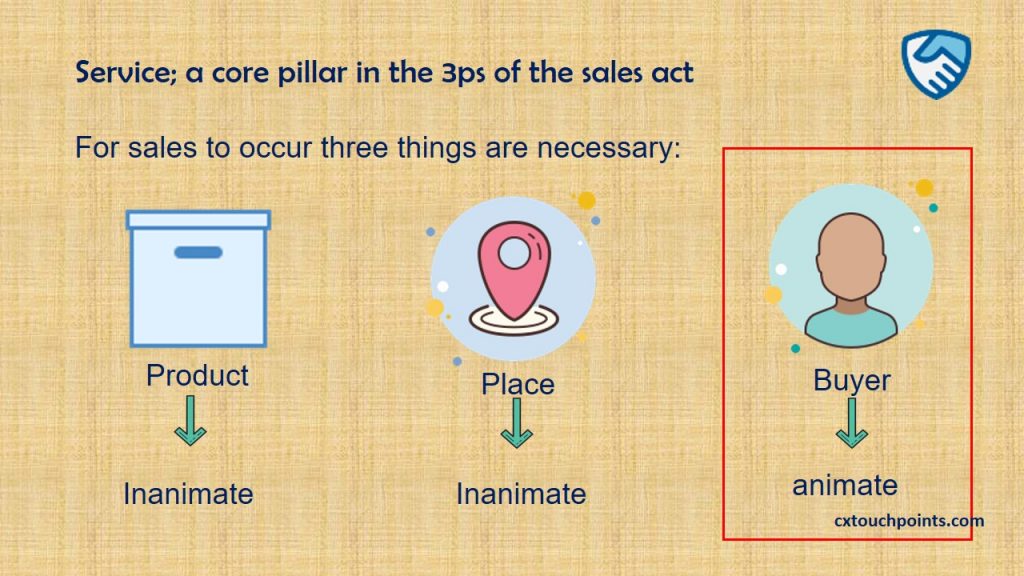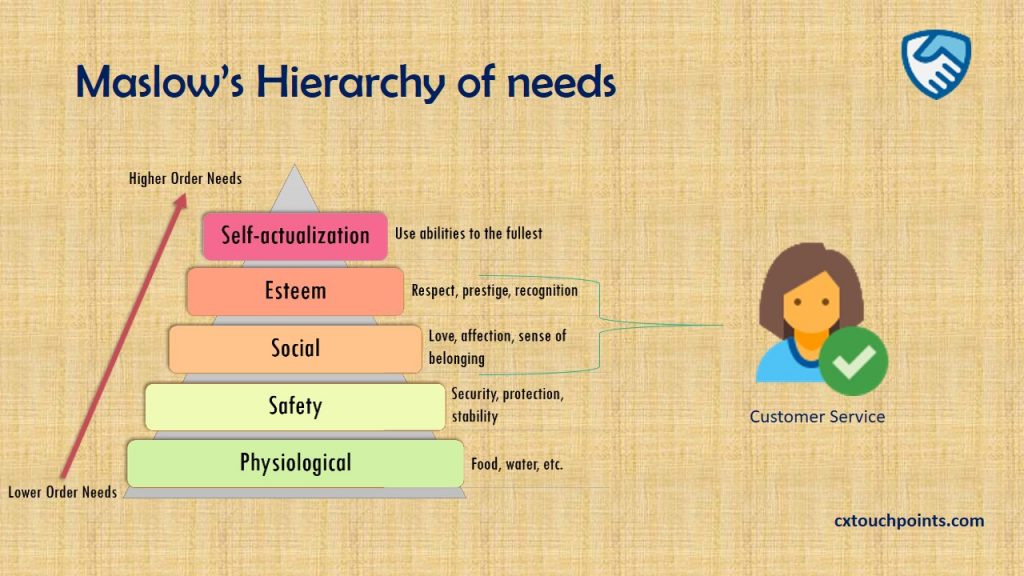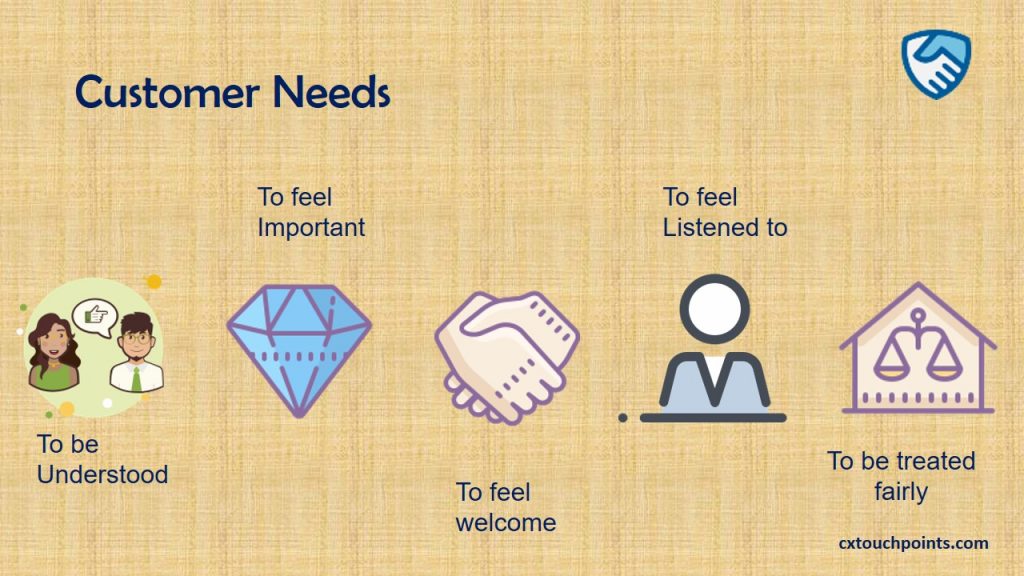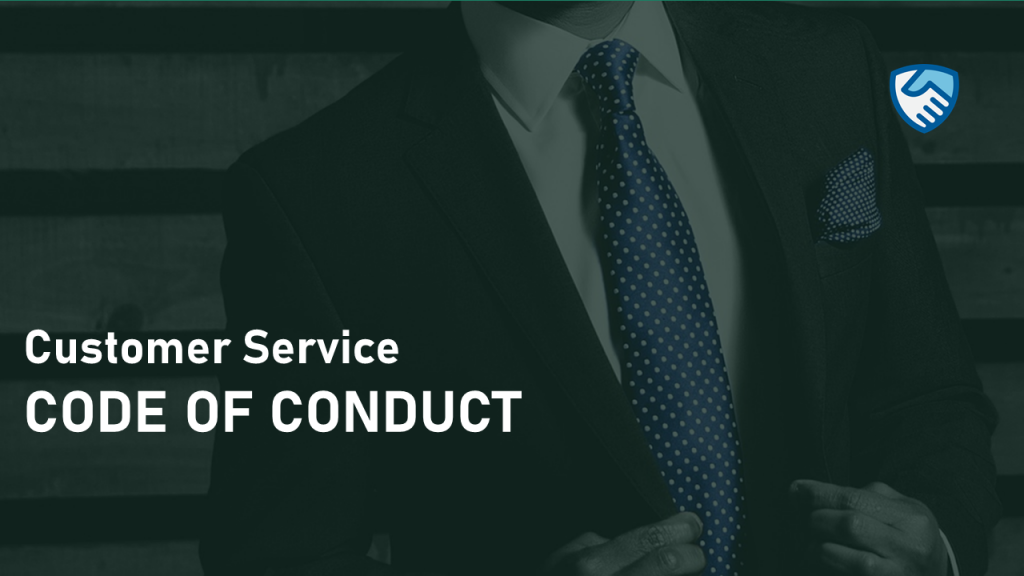In this article we will discuss what customer service is all about. This guide brings out the importance of customer service and its central role in every organisation. It also permits us to understand who the customer is and what role customer satisfaction plays in the success of the organisation.
Importance of customer service.
“What if customer Service was a basic human right?” Patricia Pedhom Nono
Organizations are created to serve customers. The customer is the very essence of every profession. Be it a business unit, non-governmental organization or governmental organization. The customer is the center of every profession. You may be from the medical, legal, political or religious core, we all serve customers.
We may not have the same type of customers. Your customers could be children, they could be citizens, patients, followers, or your students. We all have customers and we all serve customers. You can therefore perceive the customer as the beneficiary of your activity.
So Customer service is a way of life, and everyone around us is a customer. Some customers could already be benefiting from our services and others yet to. We are all in the business of serving customers and must serve both the existing and potential customers well.,
Customer service is therefore central to every organization and the mastery of this very important aspect of organizational life is important for organizational success.
Let us look at the definition of customer service, what motivates customers, why they behave the way they do and how we could be able to satisfy their needs with simple actions.
Business dictionary defines customer service as “All interactions between a customer and a product provider at the time of sale, and thereafter. Customer service adds value to a product and builds enduring relationship.”
This definition brings out three main things about customer service.
“All interactions”, “adds Value”, “Relationship”.
The error most people do is to think that customer service is about a single interaction. It is wrong to think that customer service happens only when the customer is buying from us.
The words “All interactions”, means even when the potential customer visits, buys or passes around our premises. The nature of the interaction will either add value to the organization or reduce it. The role of good customer service is to add value to the organization by creating value for the customers. The third point states, it is a “Relationship”. This brings to light the emotional connect that must exist in customer service. Going beyond a mere contact to build sustainable relationships.
Customer service entails being able to anticipate and satisfy the needs of existing and potential customers in a consistent and dependable manner. Good service entails a conscious act and must be consistent. This explains why staff may need to undergo training in customer service to be able to have a consistent high level of service throughout the system.
You must be wondering, if customer service is this important why is it not a rule. Now you see the point. “What if customer service was just a basic human right”? Certainly some organization’s which we will call customer centric organizations have understood this lesson.
A company, must not only have eyes on profits but also on how best to serve its customers. Profits and market share are the products of listening to customers and acting upon their needs.
Customer centric companies recognize staff members who balance job efficiency with customer satisfaction. Their managers focus on supporting their staff in doing their jobs well. This permits staff to focus their attention on taking care of customer needs. Such companies exhibit a participative management style where staff have opportunities to offer feedback on key customer issues before decisions are made.
So you can now see that customer service is the bridge between the customer and the brand or the organization. The customer is therefore one of the pillars of the sales act.
Service a core pillar in the 3ps of the sales act

To sell a product, three basic conditions are necessary; the first is that we must have an element or something which we are selling; (i.e. the product or the service). Secondly we must have the medium through which we will sell the product or service (i.e. the place or venue), and lastly we must have the buyer who needs the product or service and would like to acquire it.
Without a buyer to acquire the product the good remains with us. So selling is only made complete with the buyer acquiring the product. The physical or immaterial transfer of the product materializes the sales act and provides a framework for customer service.
Till date, allot of focus has been put on the product and the place and very little attention has been given to the buyer. It is sad that the most important element of a sales act is the most ignored. Let us have a deep look at the distinction between the product, the place and the person (which we call here the 3ps of the sales act).
Product and place are inanimate whereas the person is animate. Meaning once the product and place have been decided on, we could easily forecast the impact these two will have on the sales act. E.g. lighting effects and music during sales promotions would attract allot of attention. A very beautiful car will attract attention, a well painted and decorated office would be attractive to customers as such the product and service once configured permits to obtain almost certainly a particular output. This is not the case with human beings or persons.
People at times react differently from what we expect. This is a good reason why you need to understand who your customers is and determine their reactions to situations. The key question here is, how do we keep customers satisfied?
Customers represent both an input and an output to the enterprise. This explains why a satisfied customer always returns and always speaks positively of the enterprise thus attracting more customers. Quality management puts a lot of emphasis on transforming customers into assets for the enterprise.
Once the customer visits a sales point he or she leaves that sales point with a feeling. This feeling could pull them back or push them away. This feeling is what we call a perception. The enterprise should be able to determine the feelings of their customers and harness them into actionable insights. Johnson and Clark (2001) state that customer satisfaction levels vary between two extremes; delighted and dissatisfied.
When you serve a customer well, they leave satisfied. The bad news is;
this satisfied customer could seek the same service elsewhere either to compare
what others have to offer or simply because they expected good service from you
in the first place. Delighted customers on the other hand will often come back,
while a dissatisfied customer most often go away.
After having a positive experience with a company, 77% of customers would recommend it to a friend. Temkin Group
The key point here is; it’s not enough to serve the customer well but to give the customer a reason to always come back. To achieve this all we need is go the extra mile. Offer the extra service, offer beyond the normal without necessarily increasing the price. The service should be more than proportionate to the price paid.
Transformed customers constitute a human resource to be valorized by the enterprise. We could do a distinction here between internal human resource (workers) and internalized human resource (transformed customers). Just like workers emotions and psychophysiology is studied, measured and nurtured, so too should customer feelings and expectations. We must study the psychophysiology of the satisfied customer. The enterprise must be able to put in place a customer satisfaction management system. How we relate with the customer shows our customer intimacy.
Customer intimacy
Customer satisfaction management requires a blend of psychology, sociology, philosophy and quality management techniques. Customer satisfaction is as important as financial management within the organization and must be given the required attention and resources. Increasing customer value through customer intimacy can permit revenue growth.
Increasing customer value, through customer intimacy can permit revenue growth. Looking at the value creation map presented by Bernard Marr et Al. of the Grandfield School of management you will observe that intangibles drive up the value of tangibles. Customer satisfaction constitutes one of the greatest intangibles of an organization.
Customer satisfaction as an intangible asset
Strategically, intangible assets constitute a great competitive advantage. Identifying the opportunities present to an enterprise would be of no use, if the enterprise cannot be able to use its knowhow to discern and create value out of its intangibles. It’s worth noting that customer satisfaction as an intangible asset is not easy to measure but if well-conceived and valorized, it could be measured by the spillover effects it has on performance.
It takes just the right attitude to transform customers. The fact that the customer moves to your sales point either by curiosity or conviction doesn’t make that person an intangible asset for you. Building a strong professional relation on the foundation of satisfaction is what creates the asset.
Customer satisfaction as a key performance indicator
Customer satisfaction is a key performance indicator due to the fact that, when the customers are satisfied then the future of the business is guaranteed, then liquidities would come in, then the enterprise would have a good image, which further reinforces the customer perception.
For a customer to be satisfied we must understand his needs. Once these needs are satisfied, the customer becomes satisfied and when we go beyond satisfying his needs the customer is delighted. What therefore are customer needs? How do we discern them? How do we satisfy them?
Customer Needs

The American Psychologist Abraham Maslow demonstrates that man has seven innate needs. Let us focus on the first two which he termed higher order needs:
- The need for freedom of inquiry and expression;
- The need for knowledge and understanding;
How does the understanding of this model help us build a better relationship with customers?
To answer this question we would further borrow from the techniques of effective communication. To communicate well we must master four things:
- Listen well
- Speak well
- Write well
- Read well
Focusing on the first which is listening, we could link it to Maslow’s first need ‘freedom of inquiry and expression’. We must allow customers freely express themselves, without cutting in or assuming we know what they are about to say. Listening to a customer with attention permits him or her to satisfy this need for expression and inquiry.
Secondly we must be flexible enough to speak well, or write well. These three aspects permit to enhance understanding. A customer who is well served but whose doubts have not been clarified most certainly would not be satisfied. Our writing to customers must be visible and we must adapt our tone and choice of words to permit the customer understand us well. Good communication alone is a strong factor of satisfaction
Customers therefore have very basic needs:

- The need to be understood
- The desire to feel important
- The feeling that they are welcome
- The need to be listened to
These needs are basic, they are simple but require skill. When you carry out these simple actions that aim at satisfying the customer it is important to obtain some feedback to know if you achieved your goal.
Customer Satisfaction feedback
Customer satisfaction is both an input and an output to the enterprise. Looking at it from the marketing perspective the role of marketing is to anticipate and supply customer requirements efficiently and profitably. Which means enterprises should understand that what they sell is not products but a promise of satisfaction.
The core task of marketing is determining customer needs and ensuring that these needs are met. Sales are only complete when we obtain feedback on the services offered. Customer satisfaction thus needs to be measured and analyzed so as to determine the internal processes that permit to obtain the financial output.
With the multiplication of products and services everywhere, you cannot afford to send customers away unsatisfied. This does not mean unsatisfied customers would not exist, they would, and this is why you must learn how to deal with difficult customers and transforming them into advocates
Customer Satisfaction goes beyond the product
When you watch adverts today, you notice that most often, nothing is said about the product itself, focus is on a storyline, a catchy event. Why are companies all turning green, promoting environmental protection, ethics and social values? To understand this let us look at two theories. First, the pyramid of needs of Abraham Maslow.
The lesson to be brought forth here is that, instead of focusing so much efforts
on products, focus should be on the needs that the products satisfy. According
to Maslow until inferior level needs are
satisfied the person does not move to higher level needs. So it is not the
product we should focus on, but the link between the product and the needs of
the people. Showing how their needs would be met through the consumption of the
product.
This explains why in most adverts, little attention is given to the technical attributes of the product, and focus is on captivating the buyers attention and stimulating their emotions. Of course as a buyer you would only be interested in a service or product you think will satisfy your needs.
The sales person should be able to identify the dominant needs of each customer and thus act as a bridge between the product and the heart of the customer. Let us take a simple case of the banking sector. The banker could tell a student how savings enables to meet us with their feeding that shelter needs. Tell a newly employed how savings gives him security and freedom, tell business man how savings would enable him build his asset base, and tell a retiring millionaire how choosing his institution guarantees a future for his children. The idea is assuring satisfaction, by demonstrating what is in it for the customer.
The second theory is that which focuses on the different product levels. Each product has 3 levels:
- The functional level
- The symbolic level
- The material level
The material aspect of the product is what we see, feel and touch. Its color, its size, its beauty. The functional level of the product is what it does or its use, while the symbolic is the perception of the customer as to what he or she is consuming and how others will perceive them as they consumes the product.
Taking time to demonstrate the symbolic elements of the product or service permits to enhance customer satisfaction. Many people would buy a product just for the perception others have of them consuming it or the feeling they have consuming it. So give to the customers what they need. Be it affection, security, recognition, fulfillment; these needs once satisfied transforms them into delighted customers.
Because of this importance attached to the concept of customer service several experts have developed theories on how to improve the overall customer experience (considered to be more holistic concept), measuring the level of satisfaction and integrating this into the strategic objectives of the organization. Software developers today are able to gather data on the customers and use this to develop insights and speculations about their behavior. Today the concept goes beyond just service and encloses the entire customer Journey.
It is important to see the customer as a stakeholder in the organization. The customer is not just a stakeholder but a major stakeholder and they are the reason for which the organization exist. It is difficult to separate customer service from sales. As we are always selling either a service, a product or a perception to customers.



